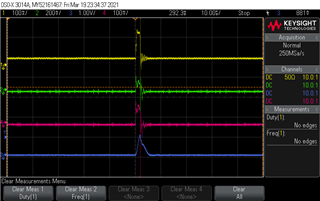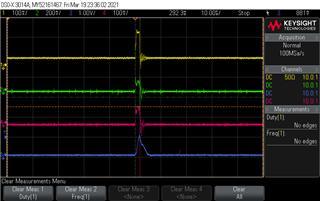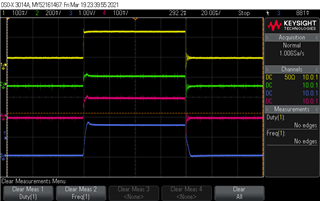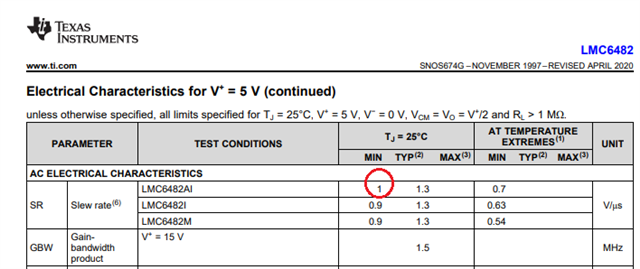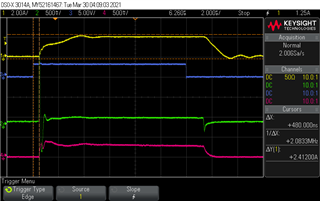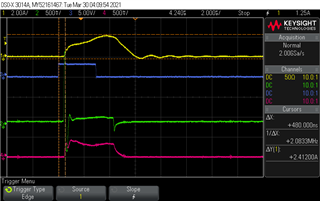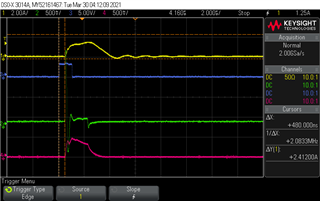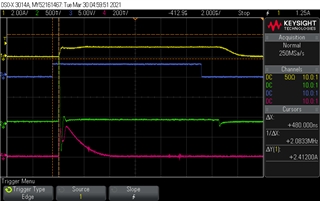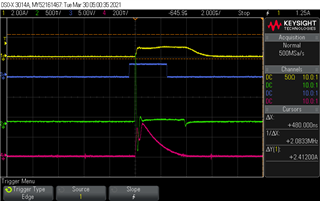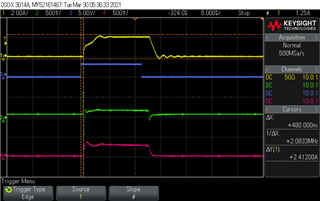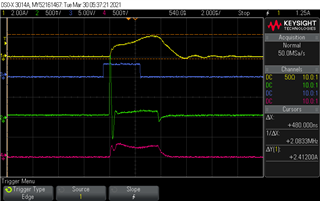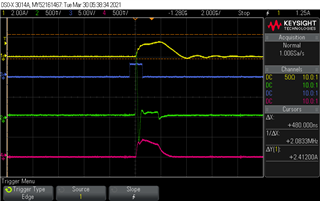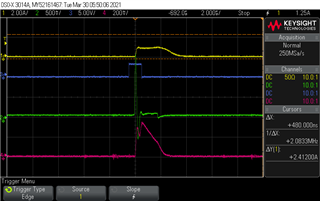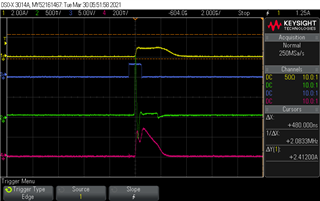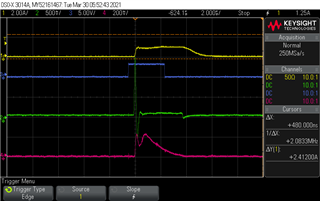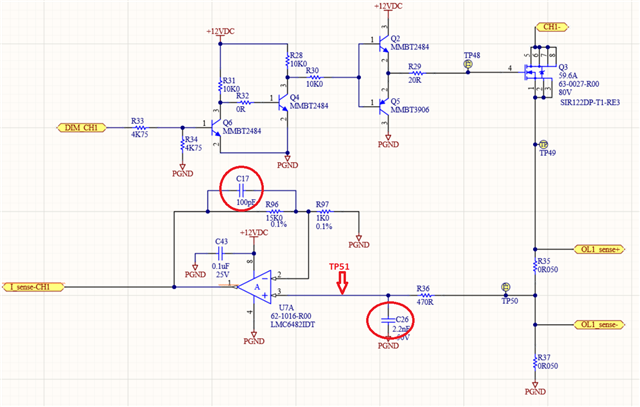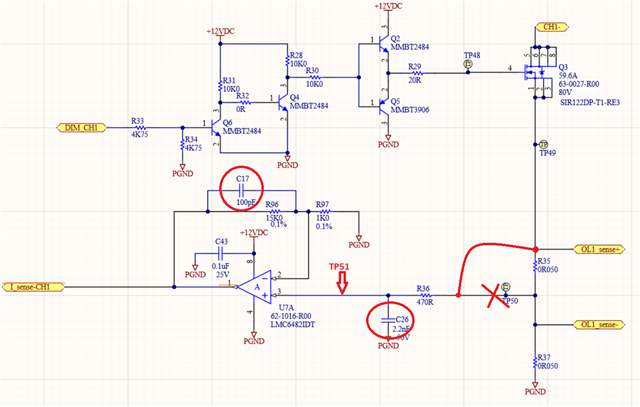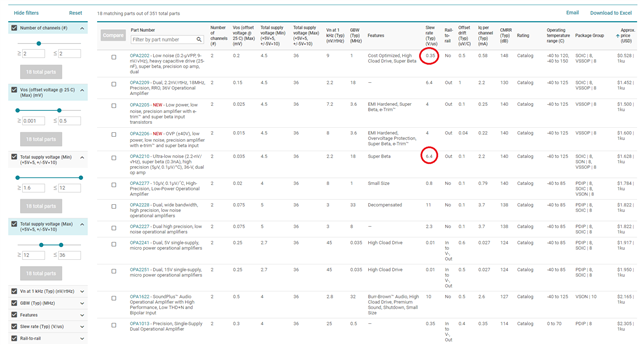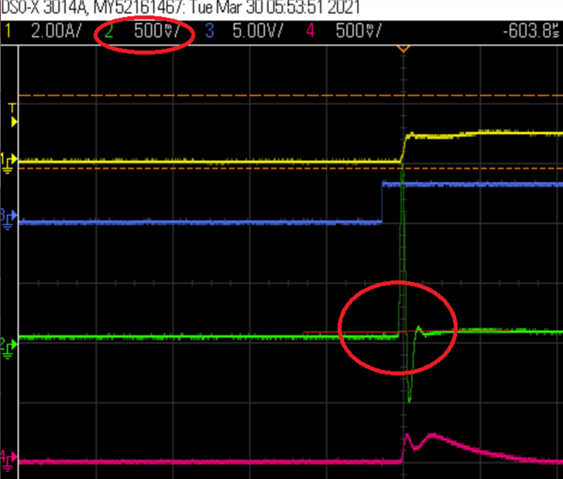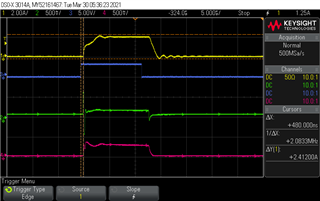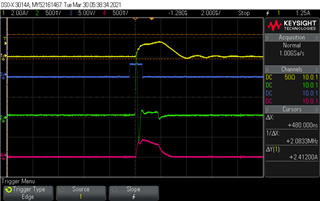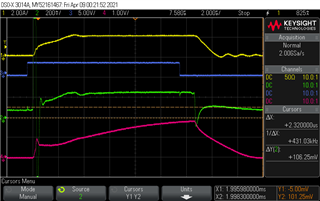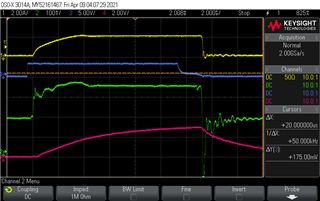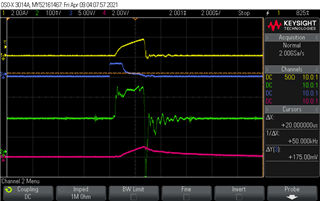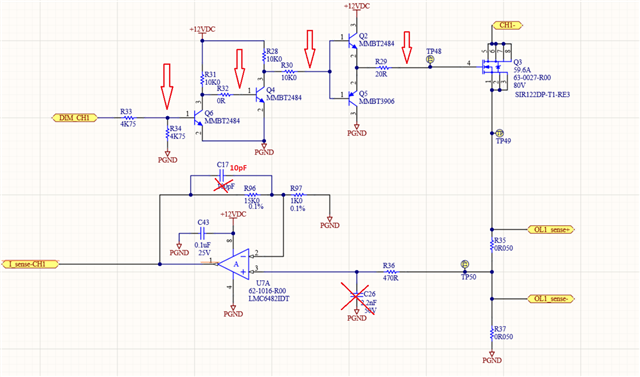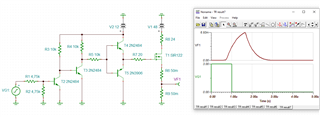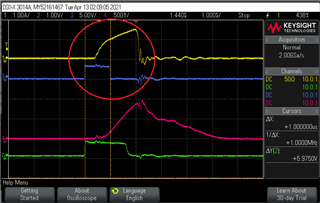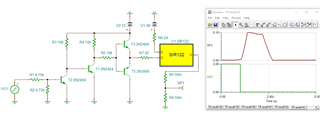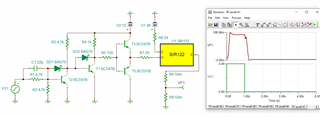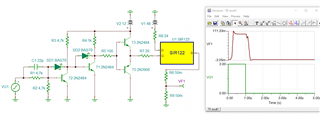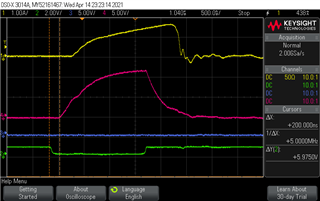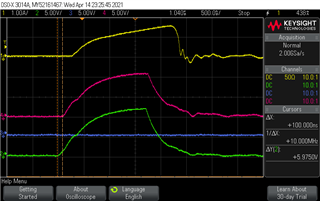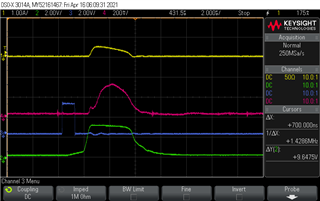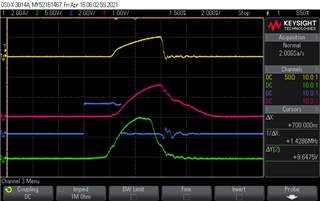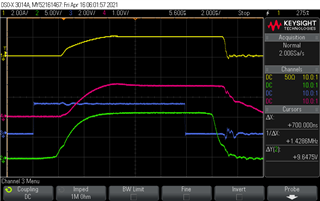Other Parts Discussed in Thread: OPA2210, OPA2206, OPA2202, TINA-TI
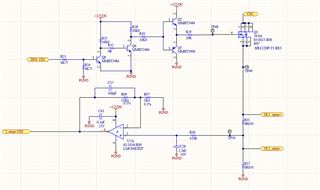 Hi all,
Hi all,
I need help to solve an issue we have here with a new design.
The schematic is above.
This is an LED driver output/protection channel.
In normal operation, the channel can hold 90W at 48V, so ~2A load.
I am using LMC6482 to monitor the output current on CH1 load.
The ST microcontroller spits out PWM duty cycle at 3KHz on DIM CH1.
We’re trying to achieve deep dimming with a 1us minimum pulse, so to achieve deep dimming at 0.05% duty cycle we reduce the frequency when Vdimmer gets below 2.5V, so at 1V dimming input we use 500Hz to achieve 1us minimum pulse.
In normal operation, we sense the current load through the 90.05Ohm resistor R35, and the signal is then amplified by U7 and feed to pin 12 into STM32G070CBT6.
The PWM on DIMCH1 is in response to 0-10V input dimming analog signal.
Also this signal is used for feeding into FW or HW protection circuit, in case of an overload or short circuit.
With values for R36, C26, C17 I get the wave forms below.
As it can be seen, the output signal I_sense_CH1 is squared and follows the input signal for duty cycles down to ~3.5%. Then the output gets distorted.
I need help to understand why this is happening, and what can we do to clean up the ripple and square up the signal.
Attached:
Scope 555- waveforms for Vdim = 6V: yellow=load; green= signal at TP50; pink= signal at pin 3; blue= signal at TP19
Scope 553- waveforms for Vdim = 4V
Scope 551- waveforms for Vdim =2V
Scope 550- waveforms for Vdim =1V
Thank you